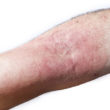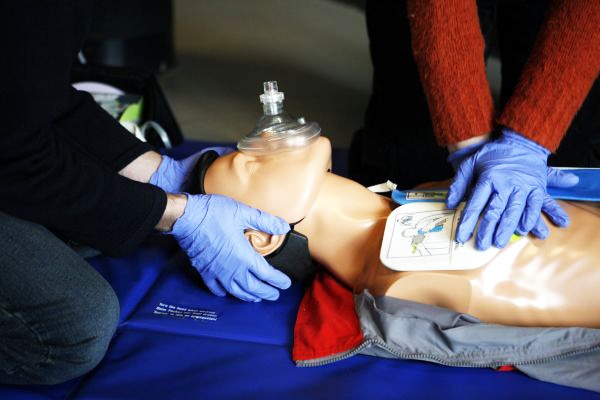You don’t have to be wearing a cape and able to fly just to save lives. By knowing basic life support, you can make a difference in this world by being a hero in your own way. BLS for short, it’s something that you can be certified at simply by attending classes offered by qualified training centers online or offline.
BLS refers to all sorts of life-saving procedures that are carried out during an emergency situation, particularly when more detailed medical care is not available as of yet.
Since professional medical assistance is not immediately accessible at all times, the presence of someone who knows how to administer first aid can be of utmost significance, particularly to the one whose life is in peril. The following are some of the most important things you need to know about BLS:
Who Can Provide BLS?
Actually, individuals who are part of the health care industry are required to undergo BLS training, which means that they are very much qualified at providing BLS to persons who are in need of such. These professionals include doctors, nurses, emergency medical technicians or EMTs, and paramedics.
Firemen, police officers, lifeguards, security guards, teachers, social workers — these are other people who should also be trained to provide BLS in times of emergencies.
Did you know that just about anyone can administer BLS? If someone is requiring any form of immediate medical attention, asking around for someone who is BLS-trained is a step that you should take, unless of course you’re very much qualified to perform BLS yourself.
What Procedures are Involved?
Most of the time, cardiovascular pulmonary resuscitation or CPR is the very first thing that pops into the mind of many when BLS is mentioned. But did you know that there are a handful of other procedures a BLS-certified individual may perform, depending on the scenario?
There are BLS procedures that can be carried out when someone is choking, drowning or about to deliver a baby. People who are qualified to perform BLS also know how to control bleeding, deal with burns, stabilize fractures and have the spine immobilized. In other words, BLS involves all sorts of valuable first aid procedures.
Which Components are Checked?
Certain guidelines need to be followed by someone who is about to provide BLS, and they are based on the mnemonic CAB, which stands for circulation, airway and breathing.
Someone who is BLS-certified should first ensure that blood circulation is intact and normal because it is the blood that delivers much-needed oxygen to the cells. If circulation is compromised due to cardiac arrest, then CPR has to be performed in order to have it restored. Then the BLS provider should also see to it that the individual’s breathing is intact — nothing should be obstructing the airway and the lungs should be functioning.
When is BLS Provided?
In times of emergencies when more detailed medical care is not available, it’s important for BLS to be performed — the sooner that it is given, the better the chances of saving the person’s life.
BLS is given as soon as an individual suffers from a heart attack or cardiac arrest in order to get the heart pumping again so that it may be able to circulate oxygenated blood to the cells. It’s also provided after a respiratory arrest to have the person’s breathing reinstated. Whenever someone has incurred an injury that can put his or her life in danger, a person qualified to administer BLS should carry out the necessary steps.
The only time that the administration of BLS is terminated is: when advanced medical care is already available, the person has started to breathe on his or her own again, or when his or her heart has already started pumping once more.













